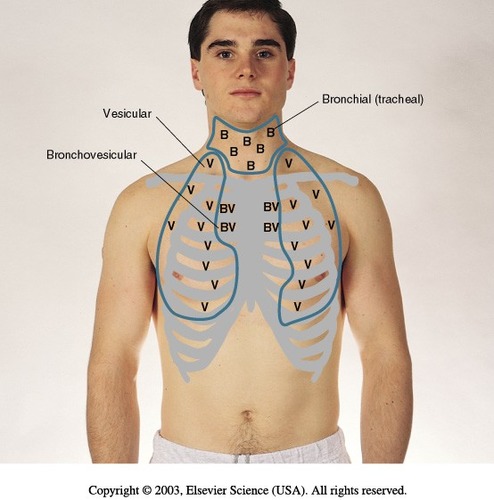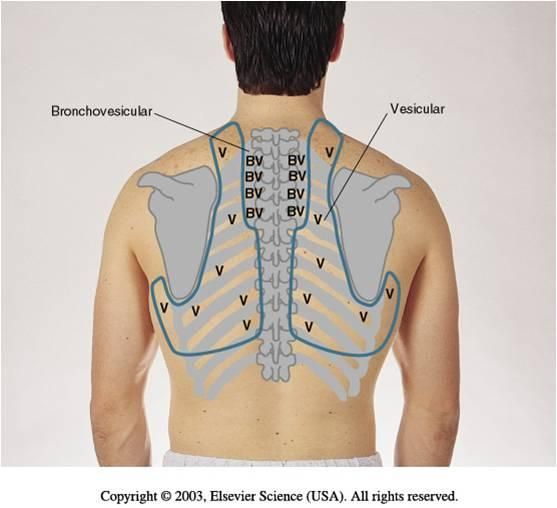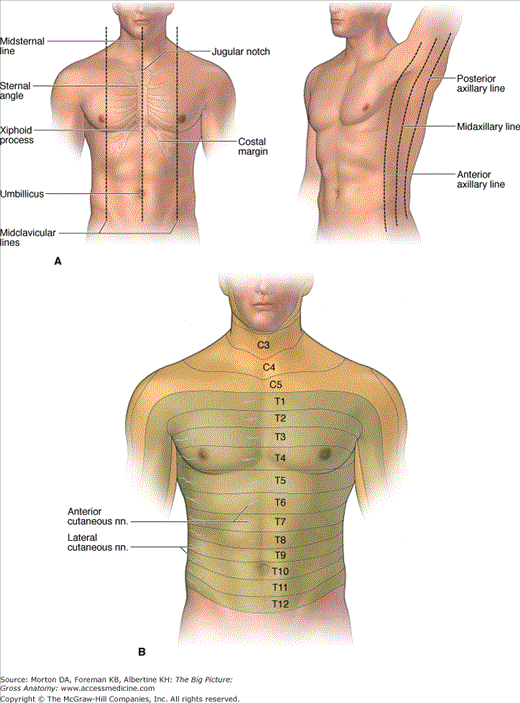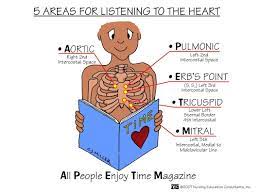Physical Assessment
1/25
There's no tags or description
Looks like no tags are added yet.
Name | Mastery | Learn | Test | Matching | Spaced |
|---|
No study sessions yet.
26 Terms
Physical Assessment
-Is an organized systematic process of collecting _______________ data based up healthy history ?
-Is health history objective or subjective ?
-Objective
-subjective
What does Health History consist of ?
>__________ & _________
>History of ___________ illness
>____________ History
>___________ compliant
>__________ History
>Review of systems ?
-What is the difference between history of present illness & chief complaint ?
-name & DOB
-present
-Family
-Chief
-Past
-History of present illness is what leads up to the present problem ← aka chief complaint
Typical Order of a Physical Assessment
a.) _______________ ?
b.) ________________ , Ex: you have a respiratory pt and your looking at the chest area, what are you feeling for in doing this step ?
c.) _________________ ; this is done so by tapping body w/fingers and what are you listening for during this step ?
d.) ___________________ ; there is direct and indirect , what’s the difference ?
-Inspection
-Palpating , lumps/pain/tenderness
-Percussion , hollowness/air filled/solid mass
-Auscultation , direct: listening / indirect: stethoscope
Types of Assessment
-Comprehensive : ______________ + __________________ examination ?
-Focused : focus on the _________ problem and its used for ___________ problems ?
-Systems specific : limited to one ______________________________ ?
-Ongoing : performed as needed to asses ___________ and evaluates pt _______________ ?
-interview , head -to-toe
-main , urgent
-body system (Ex: GI , cardiac , lungs, neuro)
-status , outcomes
-A general survey assessment is an assessment of the pt and their _________________ as a whole ? >Examples : do they have _____________ or _______ running , _______________ ?
-What’s a normal oxygen saturation ?
-surrounding
-IV lines , O2 , catheter etc.
-95-100
Vital Signs / Pain Score / IV Site
-IV needle sizes :
>The bigger the # = ______________ needle ?
>The smaller the # = _____________ the gauge ?
-smaller
-bigger
Skin - Integumentary
-What is mottled skin ?
-If I have skin that is tenting , then that means that their is lack of ______________ or they are __________ ?
-We measure skin/lesions via ?
-When pt has clubbing nails, then that indicates they have _____________ , meaning they have low ______ ? What type of conditions could pts have that also portrays this ?
-purple/blotchy skin
-hydration , elderly
-cm (peace sign = 5-6 cm)
-hypoxia , O2 , COPD, Emphysema
Head & Neck (HHENT)
-What does PERRLA stand for ?
-What can you determine looking at a pts ear symmetry ?
-Which way should you pull the helix of an adults ear to use the Otoscope ?
-Which way should you pull the helix of a child ?
-Pupils , Equal , Round , Reactive (to) , Light , & Accommodation (near & distant objects)
-if they have any neurological conditions (Ex: down syndrome children have low set ears)
-Pull helix up & back
-down & back
Upper Extremities
-How do you test for hand grip ?
-When feeling for pulse strength, we have to document what ?
—Pulse on Scale
>0= no pulse
>1+ = ______________
>2+ = _______________
>3+ = ___________
>4+= ________________ ?
-crossing fingers & have pt pull on fingers
-amplitude
-diminished
-normal
-full
-bounding
-How do you test for capillary refill ?
-Where is a good place to check for edema ?
-press down on your finger nail & release and see how many sec it takes for it to return (normal = <2 secs)
-shin bone
Respiratory
-When listening to respiratory system, we are listening _______________ & __________________ and on direct _________ ?
>Crackles : small ______________ , ______________ , or ______________ sounds in the lungs and are heard during __________________ ?
>Ronchi : resembles ______________ , occurs when airway is ______________ or airflow becomes ___________ ?
>Stridor : ___________ like sound due to blockage of airflow in ______________ or back of ____________ ?
>Wheezing : _________ pitched sounds due to _______________ airways ?
-anteriorly & posteriorly , skin
-clicking , bubbling , rattling , inspiration
-snoring , blocked , rough
-wheeze , trachea , throat (barely air = emergency)
-high , narrowed (still moving air)
Chest Expansion
-Elliptical chest : is the ____________ chest shape , meaning my AP dm should be __________ the distance of my transverse ?
-Barrel chest : AP dm is __________ to transverse dm, usually in pts w/ ___________ ?
-Funnel chest : is chest ___________ in ? What is a potential prob ?
-normal , half
-equal , COPD
-caved , displaced heart

-Laborious breathing is when pt has to utilize ____________________________ ?
Lung Sound Locations
>Over the neck (tracheal ) , you’ll hear _______________ sounds , which are ________________ or _____________ sounds ?
>Where would you hear your bronchial vesicular (BV) sounds , and how do they sound like ?
>Where would you hear your vesicular sounds and how do they sound like ?
-excessive muscles
-bronchial , blowing , hollow
-upper lungs mainstem bronchus & between scapula , and they sound like moderate blowing
-low pitch sound at lung bases & apices (loudest during inspiration)

Remember Landmarks
>Don’t forget Xiphoid process & Costal margin
https://quizlet.com/514994654/surface-anatomy-thorax-diagram/?i=2mj9r3&x=1jqt

Cardiovascular
-Where can I find the PMI on chest ?
-What are heaves/lifts in regards to the heart ?
-When palpating the chest and you feel a thrill, what is that ? Do you feel or hear a thrill ?
-Do you see or hear a bruit (turbulent blood flow) ?
-left midclavicular line , 5th intercostal
-abnormal large heart beats
-abnormal turbulent blood flow , feel
-hear
5 Areas for listening to the Heart
>Mnemonic :
-Amigos :
-Pon :
-Energia en :
-Tus :
-Metas :
-Universitarias
-Aortic (right 2nd intercostal space)
-Pulmonic (left 2nd intercostal space)
-ERB’S Point : (S1 , S2) & (left 3rd intercostal space)
-Tricuspid (lower left sternal border 4th intercostal)
-Mitral (left 5th intercostal , medial to midclavicular line)
-Umbilical (turbulent blood flow)

Questions
-Where would you locate the pts apical pulse ?
-How do we describe a difference between the radial & apical pulse ?
-How do we described a pulse that easy to palpate ?
-How do we describe a pulse that is hard to palpate ?
-5th intercostal space, midclavicular line
-by pulse deficit (think cardiac output)
-strong or full
-weak or thready
-What does RRR stand for ?
-What is S1 & S2 ?
-What is pulse amplitude ?
-regular , rate & rhythm
-S1 = closure of atrioventricular (mitral/tricuspid) valves (LUB) / S2 = closure of semilunar (aortic/pulmonary) valves (DUB)
-describe on scale of 0-4 , 2+ (easy/normal)
Abdomen
>Order
1.) ______________
2.) ____________ (aka ________________)
3.) ___________ ?
-Inspect
-Listen (aka Ausculate)
-Touch
Bowel Sounds
-Listen w/ ________________ ?
>Normoactive : __________ bowl sounds / min (2q5 secs) ?
>Hypoactive : less than _____ bowel sounds/min ?
>Hyperactive : more than _______ bowel sounds /min ?
>Borborygmi : ______________ noise ?
-diaphragm
-5-30
-5
-30
-growling (think chorro)
GI & GU Status
-What is thickening ?
-What is BRP ?
-its a consistency added to liquids to make it yogurt like
-bathroom privileges
-How do you assess for paralysis & sensation ?
-pt closes eyes , and we use a cotton ball to touch their face and pt lets us know if they felt it
-What does ADL stand for ?
-Test for balance : _______________ test , has to do w/ ___________________ ?
-Coordination can be tested by ?
-What are you looking for during the Adam’s forward bend test ?
-Activities of daily living
-Romberg’s , proprioception (where your body is in the world )
-finger thumb opposition
-scoliosis or Kyphosis
12 Cranial Nerves
l: Olfactory nerve
ll : Optic nerve
lll : Oculomotor nerve
lV : Trochlear nerve
V : Trigeminal nerve
l: smell
ll: vision
lll : eye movement , pupil constriction
lV : eye movement
V : somatosensory info (touch/pain) , from face & head , muscles for chewing
Vl : Abducens nerve
Vll : Facial nerve
Vlll : Vestibulocochlear nerve
lX : Glossopharyngeal nerve
X : Vagus nerve
Xl : Accessory nerve
Xll : Hypoglossal nerve
Vl : eye movement
Vll : taste (anterior 2/3 tongue) , somatosensory from ear , muscles for expressions
Vlll : hearing , balance
lX : taste (1/3 posterior) , somatosensory from tongue , tonsil , pharynx , swallowing muscles
X : sensory , motor , autonomic functions of viscera (glands, digest , heart rate)
Xl :muscles for head movement
Xll : controls tongue muscles
Spices Assessment for older adults
S : ___________ probs
P : probs w/ ___________ & _____________
I : _____________________
C : __________________
E : Evidence of _________
S : __________ breakdown ?
-sleep
-eating & feeding
-incontinence
-confusion
-falls
-skin